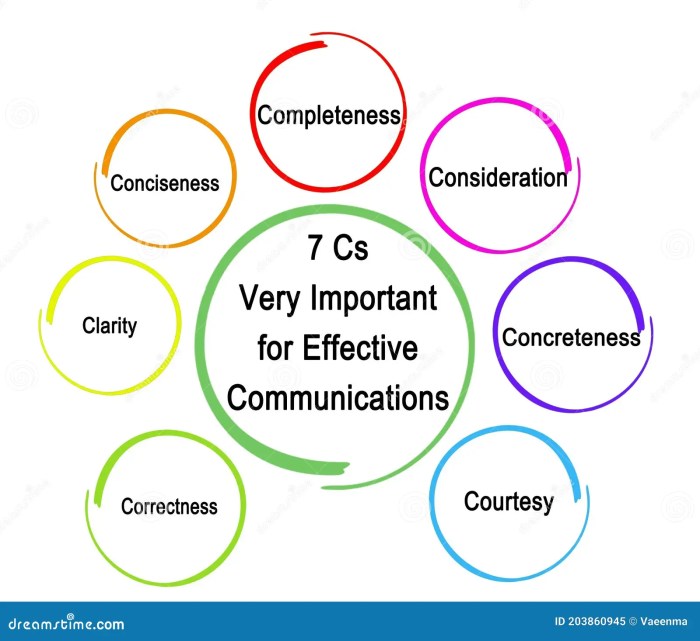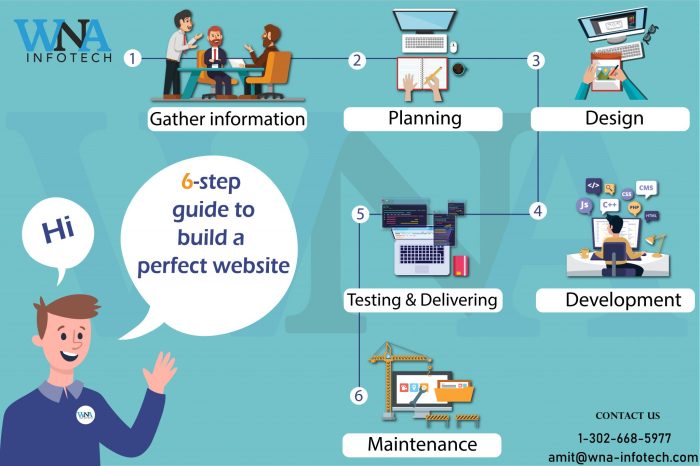Effective voiceover design is crucial for enhancing user experience and delivering clear messaging. This guide Artikels a three-step process: planning, scripting and production, and integration and testing. By carefully considering your target audience, crafting compelling scripts, and seamlessly integrating the voiceover, you can create a truly engaging and informative experience. This approach ensures your message resonates effectively, leaving a lasting positive impression.
We will explore practical strategies for choosing the right voice, incorporating music and sound effects, and optimizing the technical aspects of integration. We’ll also delve into essential testing methodologies to ensure your voiceover achieves its intended impact, ultimately leading to improved communication and user satisfaction.
Planning Your Voiceover Design

Effective voiceover design hinges on a clear understanding of your target audience and the desired impact. Careful planning ensures your voiceover seamlessly integrates with the visual elements, creating a cohesive and engaging user experience.
Ideal Listener and Emotional Response
The ideal listener for this voiceover is someone seeking clear, concise information. Their emotional response should be one of understanding and perhaps even mild positive reinforcement. We aim to avoid any negative emotional responses such as frustration or confusion. Imagine a user navigating a complex software interface; the voiceover acts as a guide, providing assistance without being condescending or overly simplistic. The tone should be reassuring and helpful, creating a sense of trust and competence.
Scenarios Enhancing User Experience
Three distinct scenarios illustrate how the voiceover enhances user experience:
1. Onboarding a new user: A friendly voice guides the user through the initial setup process, explaining key features and functionalities step-by-step. The voiceover makes the otherwise daunting task feel manageable and approachable.
2. Providing in-app guidance: A clear, informative voice explains how to perform a specific task, eliminating the need for the user to sift through lengthy text instructions. This reduces frustration and increases efficiency.
3. Highlighting key features: An authoritative yet inviting voice highlights the unique selling points of a product or service, making the information memorable and persuasive. This creates a strong positive association with the product.
Key Messages and Intended Impact
The key messages conveyed should be informative, concise, and action-oriented. The intended impact is to improve user comprehension, increase engagement, and ultimately drive conversions or desired actions. For example, in a software tutorial, the key message might be “To save your work, click the ‘Save’ button in the top right corner.” The impact is to ensure users understand how to save their progress.
Storyboard Depicting Visual Elements
The storyboard will visually depict the synchronization of the voiceover with the on-screen action. For example, in a software tutorial, as the voiceover explains how to click a button, an animated arrow will point to the button on the screen. The voiceover narration would precisely align with the animation, creating a seamless and intuitive learning experience. Another example would be a product demonstration; as the voiceover describes a product feature, a close-up of that feature would appear on screen, enhancing the user’s understanding.
Comparison of Voiceover Styles
| Voiceover Style | Tone | Suitable for | Example |
|---|---|---|---|
| Friendly | Warm, approachable, conversational | Onboarding, tutorials, product demos | “Welcome! Let’s get started with setting up your account.” |
| Authoritative | Confident, knowledgeable, commanding | Explaining complex concepts, highlighting key features | “This innovative technology offers unparalleled performance and efficiency.” |
| Informative | Neutral, objective, factual | Data presentations, instructions, announcements | “The current temperature is 25 degrees Celsius.” |
Scripting and Production

Crafting compelling voiceovers involves more than just choosing the right words; it’s about meticulously planning and executing the script’s production to achieve the desired emotional impact and clarity. This section delves into the crucial aspects of scripting, voice actor selection, recording techniques, and sound design to create a truly effective voiceover.
Script Variations and Emotional Tone
Three variations of a script focusing on the same core message – promoting a new sustainable coffee brand – will illustrate how different emotional tones can significantly alter the listener’s perception.
- Version 1: Upbeat and Energetic: “Start your day with a jolt of sustainable energy! Our new ethically sourced coffee is not only delicious but also helps protect our planet. Join the movement and taste the difference!” This version uses positive, action-oriented language and a fast pace to create excitement.
- Version 2: Calm and Reflective: “Savor the rich aroma and smooth taste of our sustainably grown coffee. Each cup supports farmers and protects the environment, offering a moment of mindful indulgence.” This version uses slower pacing and evocative language to create a sense of tranquility and conscious consumption.
- Version 3: Urgent and Passionate: “Our planet needs our help. Support sustainable coffee farming and make a difference with every cup. Choose our ethically sourced coffee today – it’s a choice for a better tomorrow!” This version employs strong calls to action and impassioned language to create a sense of urgency and responsibility.
Ideal Voice Actor Profile
The ideal voice actor for this sustainable coffee brand would be a person aged between 30-45, possessing a warm and friendly tone. A slight, approachable accent (e.g., a neutral American accent or a similar clear accent easily understood internationally) would be preferable. Their voice should be clear, articulate, and adaptable to the different emotional tones required for each script variation. A genuine enthusiasm for sustainability would be a significant bonus, lending authenticity to the message.
Recording and Editing Process
The recording process should take place in a professional recording studio or a quiet, sound-treated space to minimize background noise. High-quality microphones (like a Neumann U 87 Ai or similar) are essential for capturing a crisp, clear audio signal. The voice actor should be provided with a well-lit and comfortable environment to promote relaxation and optimal performance. Editing involves removing any mistakes, adjusting pacing and tone, and ensuring a consistent audio level. Software such as Adobe Audition or Pro Tools are commonly used for this purpose. Careful attention must be paid to maintaining natural pauses and inflection to avoid a robotic or unnatural sound.
Background Music and Sound Effects
Background music and sound effects can greatly enhance the engagement and emotional impact of the voiceover. For the sustainable coffee brand, subtle acoustic guitar melodies or nature sounds (e.g., birds chirping, gentle rainfall) could complement the calm and reflective script version. Upbeat, jazzy music could accompany the energetic version, while a more dramatic, yet hopeful score might suit the urgent and passionate script. Sound effects, used sparingly, can add depth and realism. For example, the sound of coffee beans being ground could be subtly incorporated.
Potential Challenges and Solutions
Careful planning and preparation are key to mitigating potential challenges during voiceover production.
- Challenge: Poor Sound Quality. Solution: Record in a sound-treated environment using high-quality equipment and techniques. Employ noise reduction software during post-production.
- Challenge: Inconsistent Pacing or Tone. Solution: Provide the voice actor with clear direction and feedback. Use editing software to adjust pacing and tone as needed.
- Challenge: Difficulties with Script Interpretation. Solution: Provide the voice actor with a detailed brief outlining the brand’s values and target audience. Hold a pre-recording session to discuss the script’s nuances.
- Challenge: Technical Issues during Recording. Solution: Thoroughly test all equipment before recording. Have a backup plan in case of technical malfunctions.
Integration and Testing

Successfully integrating a voiceover requires careful consideration of technical specifications and rigorous testing to ensure seamless user experience and clear communication. This final step is crucial for maximizing the impact of your voiceover design. The process involves selecting the appropriate integration method, conducting thorough testing, and analyzing the results to refine the overall user experience.
Technical Specifications for Voiceover Integration
Integrating a voiceover involves understanding the technical requirements of your target platform. For websites, this might involve embedding an audio file using HTML5 `
Comparison of Voiceover Integration Methods
Two common methods for integrating voiceovers are embedding the audio directly into the target platform (embedding) and using a separate audio file linked to the platform (separate audio file). Embedding involves directly including the audio data within the platform’s code or data structure. This method provides a streamlined user experience as the audio is readily available without additional loading steps. However, it can lead to larger file sizes for the overall application or webpage. Using a separate audio file, linked through a URL, keeps the main platform file size smaller. This is advantageous for platforms with strict file size limits or when managing multiple language versions of the voiceover. The downside is a potential delay in audio playback as the file needs to be downloaded before playback begins. The best approach depends on factors such as file size constraints, user experience priorities, and the technical capabilities of the platform.
User Testing Methodologies
User testing is critical for ensuring clear communication and a positive user experience. Three methodologies can provide valuable insights: A/B testing allows for comparing different versions of the voiceover integration (e.g., different audio files, placement of controls) to determine which performs best. Usability testing involves observing users interacting with the voiceover and identifying any pain points or areas of confusion. Finally, user surveys provide quantitative and qualitative feedback on user satisfaction, comprehension, and overall experience. This multi-faceted approach allows for a comprehensive evaluation of the voiceover’s effectiveness.
Voiceover Integration Effectiveness Checklist
Evaluating the effectiveness of a voiceover integration requires a structured approach. This checklist considers key aspects:
- Audio Quality: Is the audio clear, free of distortion, and appropriately loud?
- Synchronization (if applicable): Is the audio perfectly synchronized with the visuals?
- User Engagement: Measure completion rates, time spent listening, and click-through rates (if applicable).
- Accessibility: Does the integration support users with disabilities (e.g., captions, transcripts)?
- Performance: Does the audio load quickly and reliably across different devices and network conditions?
- User Feedback: Gather user feedback through surveys and usability testing.
Examples of Effective and Ineffective Voiceover Integrations
An effective integration would be a website tutorial where the voiceover is seamlessly integrated with on-screen text and visuals, providing a clear and engaging learning experience. The audio quality is excellent, and the timing is precise. Users report high comprehension and satisfaction levels.
An ineffective integration would be a mobile app where the voiceover is difficult to control, the audio quality is poor, and the voiceover is not synchronized with the app’s functionality. Users report frustration and difficulty understanding the instructions.
Ending Remarks

Mastering the art of voiceover design involves a strategic blend of planning, meticulous execution, and thorough testing. By following the three-step process Artikeld—carefully considering your audience, crafting compelling scripts, and seamlessly integrating the audio—you can create impactful voiceovers that enhance user engagement and leave a lasting impression. Remember, clear communication is key, and a well-designed voiceover can significantly elevate the user experience.